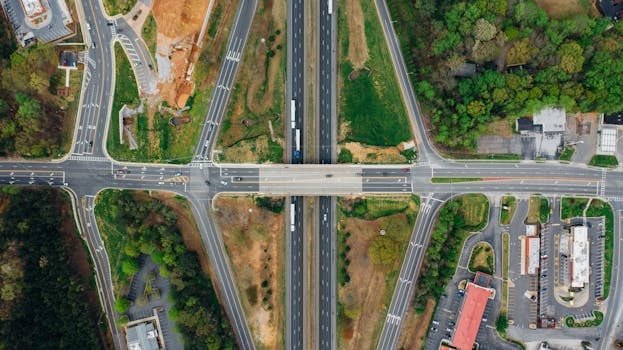Space Traffic Management: Orbital Right of Way
Welcome to the new frontier of space travel. As more and more countries and private companies venture into space, the issue of Space Traffic Management (STM) has become a pressing concern. With the increasing volume and diversity of objects in orbit, there is a growing need for regulations and guidelines to ensure safety and efficiency in space. One key aspect of STM is the concept of Orbital Right of Way, which determines who has priority and responsibility in navigating through crowded space highways. In this article, we will explore the importance of Orbital Right of Way and how it is being implemented in the modern age of space exploration.
The Need for Space Traffic Management
The idea of STM emerged from the growing realization that space is becoming congested and chaotic. Since the launch of Sputnik 1 in 1957, thousands of satellites have been sent into orbit, and their numbers continue to rise. In addition to operational satellites, there are also defunct satellites, debris, and even remnants of past space missions cluttering up the space environment. With the increasing number of players entering the space race, this congestion is only going to get worse.
Aside from the physical hazards posed by debris, there is also the risk of collisions between space objects. Unlike on Earth, there is no air to slow down or deflect objects in space. The high speeds at which objects are traveling in orbit mean that even a small piece of debris can cause catastrophic damage to a satellite or spacecraft. This not only poses a risk to human lives but also has significant economic and scientific implications. Therefore, proper management of space traffic is crucial for the safety and sustainability of space activities.
What is Orbital Right of Way?
In simple terms, Orbital Right of Way is like the traffic rules of space. It is a system of regulations and protocols that govern the movement of objects in space to prevent collisions and ensure safe operations. Just as drivers on a highway must follow traffic rules to avoid accidents, space objects must also adhere to certain guidelines to navigate through their designated orbital pathways without interfering with one another.
However, unlike on Earth where there are clear lanes and traffic signs, space is three-dimensional, and there are no physical boundaries to guide space traffic. This is where Orbital Right of Way comes in – to define and allocate certain regions in space to different types of objects and establish rules for their movement.
Coding the Orbital Right of Way
There are three main components to coding the Orbital Right of Way: altitude, inclination, and ownership. Altitude refers to the distance from Earth’s surface, while inclination is the angle at which an object’s orbit intersects with the equator. Ownership allocates specific regions of space to countries or organizations, giving them priority in terms of access and control over those areas.
The United Nations Committee on the Peaceful Uses of Outer Space (UNCOPUOS) has established a set of guidelines called the Long-Term Sustainability (LTS) guidelines, which address the issue of Orbital Right of Way. These guidelines suggest that space objects should operate within established regions and established orbits to ensure safe and predictable movement. They also outline the responsibility of countries or organizations in managing their own objects in orbit and coordinating with others to prevent collisions.
Challenges and Solutions
Despite the efforts to implement Orbital Right of Way, there are still challenges in ensuring a smooth and effective system. One of the main challenges is establishing international agreements and cooperation among different countries and organizations with their own vested interests in space. Another challenge is the constantly changing space environment, with new objects being launched and old ones becoming defunct. This creates a need for continuous monitoring and adaptive management systems.
One solution being explored is the use of automated collision avoidance systems. These would use data from various sources to predict potential collisions and maneuver objects accordingly. Another solution is the development of space traffic management services, where a centralized entity would oversee and manage space traffic on behalf of different players.
The Future of Orbital Right of Way
As we continue to push the boundaries of space exploration, Orbital Right of Way will play a crucial role in ensuring the safe and sustainable use of space. With more countries and private companies launching space missions, it is essential to establish and adhere to guidelines for responsible space traffic management. This will not only protect our investments in space but also pave the way for further advancements and discoveries.
In conclusion, Orbital Right of Way is a vital aspect of Space Traffic Management that defines the rules and regulations for navigating through our increasingly crowded space environment. With the continued development and implementation of strategies and technologies, we can ensure safe and efficient operations in the final frontier.









